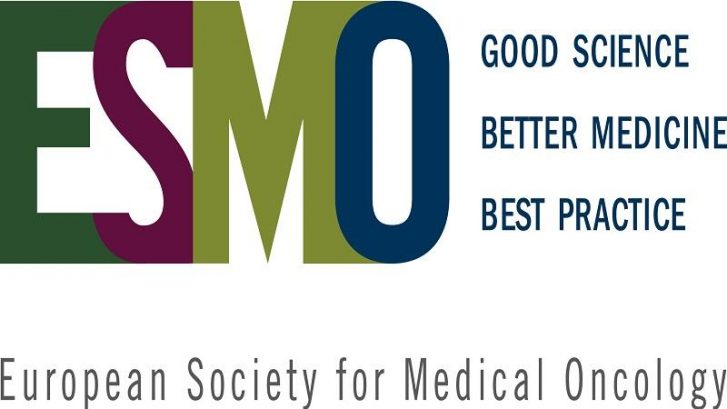NICE Develops a Medtech Innovation Briefing on Axumin
Axumin is a radiopharmaceutical agent for functional imaging of prostate cancer recurrence
In February 2019, NICE published a Medtech innovation briefing [MIB172] on Axumin for functional imaging of prostate cancer recurrence.The technology described in the briefing is Axumin, a radiopharmaceutical agent. It is intended for use in positron emission tomography (PET) to detect suspected prostate cancer recurrence in patients who have elevated prostate-specific antigen (PSA) levels after primary curative treatment. It is currently the only licensed PET tracer indicated for use in recurrent prostate cancer.
The innovative aspects are that it is a prostate cancer-specific PET tracer with a novel mechanism of action based on amino acid transport. Its longer half-life and shorter uptake period may allow use in more patients with suspected prostate cancer recurrence compared with other PET tracers.
Axumin (Blue Earth Diagnostics Ltd) is given as an intravenous injection in the arm 3 to 5 minutes before a PET scan. A CT scan is used to provide information about the patient anatomy and the combined scan is termed PET/CT.
Axumin contains the active ingredient 18F‑fluciclovine (anti-1-amino-3-18F-fluorocyclobutane-1-carboxylic acid or FACBC). This is a radiolabelled synthetic amino acid that is taken up into cells by transporters (LAT‑1 and ASCT2) known to be present in high numbers on the surface of prostate cancer cells. Once inside the cancer cells, it emits radiation that is detected on the PET scan, with the aim of identifying local and distant areas of recurrence. The preferential uptake of the tracer into prostate cancer cells compared with the surrounding non-cancerous tissue enables cancerous areas to be reliably located.
Axumin is the only PET tracer currently licensed for clinical use in recurrent prostate cancer. Prostate-specific membrane antigen (68Ga‑PSMA) and choline-based (11C- and 18F‑labelled) PET tracers are available only on a special licence basis or for use in research. Expert advice indicates that these tracers are increasingly used in UK practice and that 18F‑choline PET/CT is currently the only scan commissioned by NHS England in the national PET/CT tender. Axumin is designed to more effectively identify recurrent disease across a wide range of PSA levels compared with standard-of-care imaging (pelvic CT or MRI and bone scans). These lack the sensitivity and specificity to detect prostate cancer when PSA levels are low. The short uptake period for Axumin allows scans to be done 3 to 5 minutes after administration, compared with alternative PET tracers, which may need about 1 hour for optimal tracer uptake. Also, the technology’s shelf life of 7 to 10 hours may offer potential for wider use compared with 11C‑choline. This has a half-life of 20 minutes, meaning that it can only be done in PET centres with on-site cyclotron and radiopharmacy facilities.
The intended place in therapy is in addition to bone scans or MRI to detect suspected prostate cancer recurrence in adults. It may be used as an alternative to choline or prostate-specific membrane antigen PET/CT in centres where these scans are available.
The main points from the evidence summarised in the briefing are from 1 meta-analysis and 5 studies (2 randomised trials and 3 non-randomised observational studies) including more than 1200 men with suspected prostate cancer recurrence. The evidence reported that Axumin PET/CT detected prostate cancer recurrence with good diagnostic accuracy and frequently led to changes in patients’ management plans.
Key uncertainties around the evidence or technology are the lack of comparative studies with other PET tracers. There are no head-to-head studies comparing Axumin with 18F‑choline. Also, the effects of Axumin PET on earlier diagnosis and on quality of life have not been evaluated.
The per-patient cost for a single dose of Axumin tracer is 950 GBP (excluding VAT), plus transport costs estimated at 50 GBP to 250 GBP per shipment. The resource impact would be a cost increase per scan. The technology has the potential to free up resources if it reduces the number of imaging tests needed to confirm diagnosis or if fewer patients are referred for radiotherapy.

